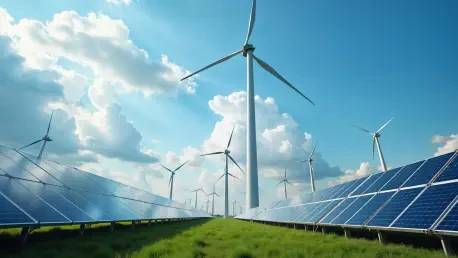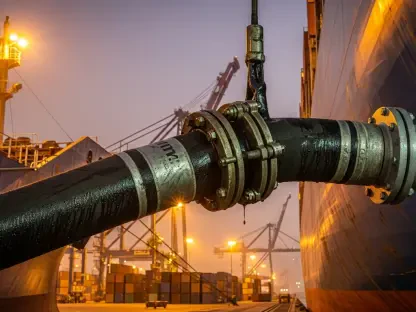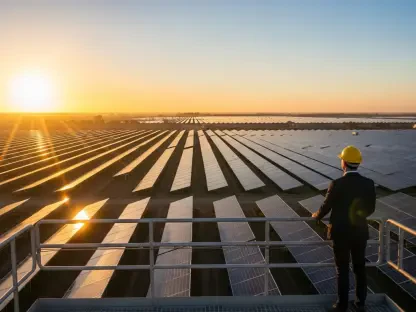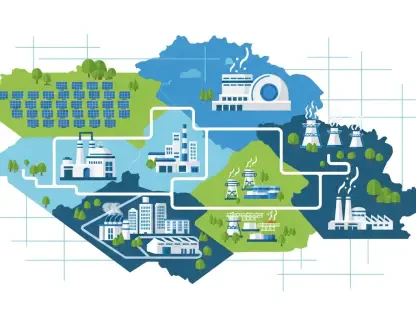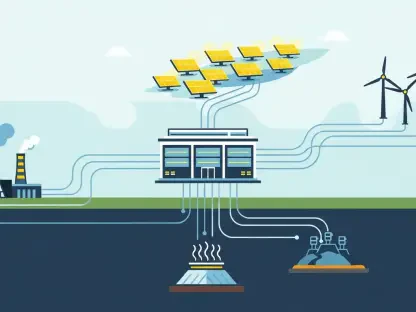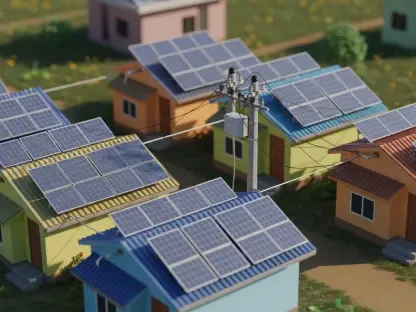In this conversation, we’re joined by Christopher Hailstone, a distinguished expert in energy management, renewable energy, and electricity delivery. Today, he’ll be sharing his insights on the future of renewable energy in the Middle East and North Africa, focusing on Engie’s ambitious projects and strategies to enhance grid reliability and security.
Can you tell us more about Engie’s recently completed Red Sea Wind Energy project in Egypt?
The Red Sea Wind Energy project is remarkable because it’s currently Africa’s largest wind farm with a 650 megawatt capacity. It stands out not only for its size but also for its efficiency in addressing electricity demands in Egypt. This project is expected to power more than a million households annually, which is a significant contribution given Egypt’s current energy landscape.
How is the Red Sea Wind Energy project helping Egypt with its electricity shortages?
The project plays a crucial role in alleviating Egypt’s electricity shortages by providing a substantial, reliable source of renewable energy. It helps reduce the need for liquefied natural gas imports, as wind energy is far more cost-effective compared to fossil fuels. This shift allows the country either to import less gas or possibly even export more in the future.
With Europe and U.S. facing challenges in wind farm development, why has Engie targeted the Middle East and North Africa for growth?
Engie has identified the Middle East and North Africa as a key region due to the fast-tracking of administrative processes, robust economic development, and the rising power consumption expected there. These factors create an attractive environment for developing renewable projects compared to regions like Europe and the U.S., where project approvals have slowed.
What is Engie’s 2030 target for installed renewable capacity, and how close are you to achieving it?
Engie aims to achieve 95 gigawatts of installed renewable capacity by 2030. As of now, the company has about 51 gigawatts, so there is still considerable work to be done. Their ongoing projects in MENA and existing strategies suggest significant progress toward this ambitious goal.
Besides wind energy, what other types of renewable projects is Engie focusing on in the Middle East and North Africa?
Aside from wind energy, Engie’s focus includes solar, battery, and hybrid energy projects in the region. Morocco, the United Arab Emirates, and Saudi Arabia are particular areas of interest, with various projects underway that harness the abundant solar and wind resources in these countries.
Can you discuss Engie’s collaboration with Morocco’s OCP?
Engie’s collaboration with OCP is centered on exploring renewable energy opportunities, namely in ammonia and green hydrogen, starting from 2026. Morocco was chosen due to its strategic location, favorable renewable resources, and the existing infrastructure that supports such ambitious projects.
In terms of ownership, who are Engie’s partners in the Red Sea Wind Energy project?
The Red Sea Wind Energy project is owned by Engie alongside Orascom Construction PLC, Toyota Tsusho Corporation, and Eurus Energy Holdings Corporation. These partnerships are crucial for robust project management and execution, as they bring together a wealth of resources and expertise.
What are Engie’s future plans for renewable energy projects in Egypt?
Looking forward, Engie is developing a third wind energy site in Egypt, which is expected to exceed a 900 megawatt capacity when completed. This expansion reflects Engie’s commitment to boosting Egypt’s renewable energy landscape and meeting the rising demand.
How does Engie prioritize tenders for new projects in MENA?
Engie prioritizes tenders based on the expected increase in power consumption and economic development within the region. The ability to fast-track projects is vital, allowing Engie to swiftly respond to growing energy needs in Egypt, Morocco, the UAE, and Saudi Arabia.
Looking forward, where does Engie see the most potential for growth in renewable energy within the MENA region?
The MENA region holds immense potential for renewable energy expansion, particularly in harnessing solar and wind resources. With robust economic growth and supportive governments, countries like Egypt, Morocco, and Saudi Arabia appear to be promising hotspots for renewable energy development.
